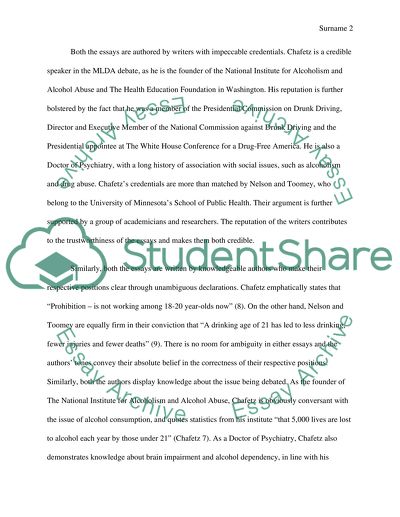Cite this document
(“Minimum Legal Drinking Age Essay Example | Topics and Well Written Essays - 1000 words”, n.d.)
Retrieved from https://studentshare.org/law/1467272-minimum-legal-drinking-age-an-analysis
Retrieved from https://studentshare.org/law/1467272-minimum-legal-drinking-age-an-analysis
(Minimum Legal Drinking Age Essay Example | Topics and Well Written Essays - 1000 Words)
https://studentshare.org/law/1467272-minimum-legal-drinking-age-an-analysis.
https://studentshare.org/law/1467272-minimum-legal-drinking-age-an-analysis.
“Minimum Legal Drinking Age Essay Example | Topics and Well Written Essays - 1000 Words”, n.d. https://studentshare.org/law/1467272-minimum-legal-drinking-age-an-analysis.


